Dill leaves have a strong aroma and a slightly pungent taste. Nevertheless, these aromatic greens make for a nice dish by itself or in combination with another vegetable or legume. You could add dill leaves to spice up a salad, flavor a dal or sambar or make a simple sabzi. My mother usually used to make sabzi or bhaji as I call them from dill leaves. One recipe used to be with potatoes and the other one used to be with moong lentils that is Shepu bhaji recipe. Both of these dill leaves recipes used to go very well with chapatis and rice-dal combo. Dill leaves add a lot of flavor and punch to any dish, be it in salads, pasta and even in pakoras. Sometimes when I have a tiny bunch of dill leaves then I either make pakoras or raita with them. The dill leaves recipe which I have posted here is very simple and easy to make. For this recipe, we only add chopped garlic, red chilli powder, and turmeric powder. No other seasoning is added. Since garlic is added, this sabzi has a garlicky flavor and tastes good. Both dill leaves and garlic are a winning combination and makes the dish healthy. So the result is a superb dill leaves sabzi spiced with garlic. The addition of potatoes makes the dish more hearty and filling. You could use the regular potatoes, new potatoes or even the baby potatoes. You can also make it without potatoes but then you need to add more dill leaves. Veggies like carrots, peas, cauliflower are some other options that you can consider to include in place of potatoes for a filling and healthier dish. The dish can be packed for lunch box also with a side of roti, jeera paratha, plain paratha or whole wheat bread.
How to make Dill Leaves Recipe
- Take 250 to 275 grams dill leaves (suva) bunch. Remove the dill leaves from the stems. Rinse dill leaves thoroughly in water. Drain all the water using a colander or strainer.
- Chop the dill leaves. You will need 3.5 to 4 cups chopped dill leaves. Also rinse, peel and chop 2 to 3 medium-sized potatoes. You will need 1 to 1.25 cups chopped potatoes. Peel, rinse and finely chop 7 to 8 small to medium sized garlic. You will need 1 tablespoon finely chopped garlic. Keep aside. Tip: Chop the potatoes in smaller cubes or wedges so that they get cooked faster.
Sauteing potatoes
- In a kadai or a pan heat 2 tablespoons oil. You can use sunflower oil or peanut oil. For a pungent flavor, you can even use mustard oil. Keep the flame to a low. Add the chopped garlic.
- Mix well.
- Fry for 3 to 4 seconds on a low heat.
- Add the chopped potatoes.
- Mix the potatoes with the garlic and oil mixture.
- Stirring often saute potatoes for 3 to 4 minutes on a low flame.
- Add ¼ teaspoon turmeric powder and ½ teaspoon Kashmiri red chilli powder (or sweet paprika).
- Mix these two spice powders very well with the potatoes. Keep the flame to a low so that the spices do not get burnt.
Making dill leaves recipe
- Now add the chopped dill leaves (suva).
- Mix everything very well.
- Add salt according to your taste. Tip – I recommend adding less salt initially and after the cooking is completed, then add more salt if needed. The dill leaves wilt and shrinks in size after cooking. While initially, the leaves look a lot and plenty, after cooking the portion looks comparatively less. Thus the addition of salt can become more if you consider the proportion of fresh dill leaves. It is better to add less salt first and then later you can add more if required.
- Mix again.
- Add ⅓ to ½ cup water.
- Mix again well.
- Cover and cook the dill leaves and potatoes on a low heat.
- Check in between a couple of times to see if the water has not dried up. If the water dries up, you could add some more water. Stir and cover with lid to continue cooking.
- Cook till the potatoes are softened and fork tender. Do not overcook the potatoes.
- This dill leaves recipe is a dry dish, so ensure that no water remains once the potatoes are cooked. If there is any water left, then cook without lid and let all the water get evaporated. Then switch off the flame.
- Serve aloo suva sabzi with chapatis, roti, plain paratha or whole wheat bread. You can also serve it with the humble yet tasty combination of dal tadka with rice. Overall it makes for a healthy dish and one of the flavorful ways to include dill leaves in your meal. Few more similar recipes you may like are:
Aloo fryCapsicum fryLauki ki sabjiBhindi ki sabjiCauliflower fry
Please be sure to rate the recipe in the recipe card or leave a comment below if you have made it. For more vegetarian inspirations, Sign Up for my emails or follow me on Instagram, Youtube, Facebook, Pinterest or Twitter. This Dill Leaves Recipe is from the blog archives (July 2010) has been republished and updated on 30 May 2021.
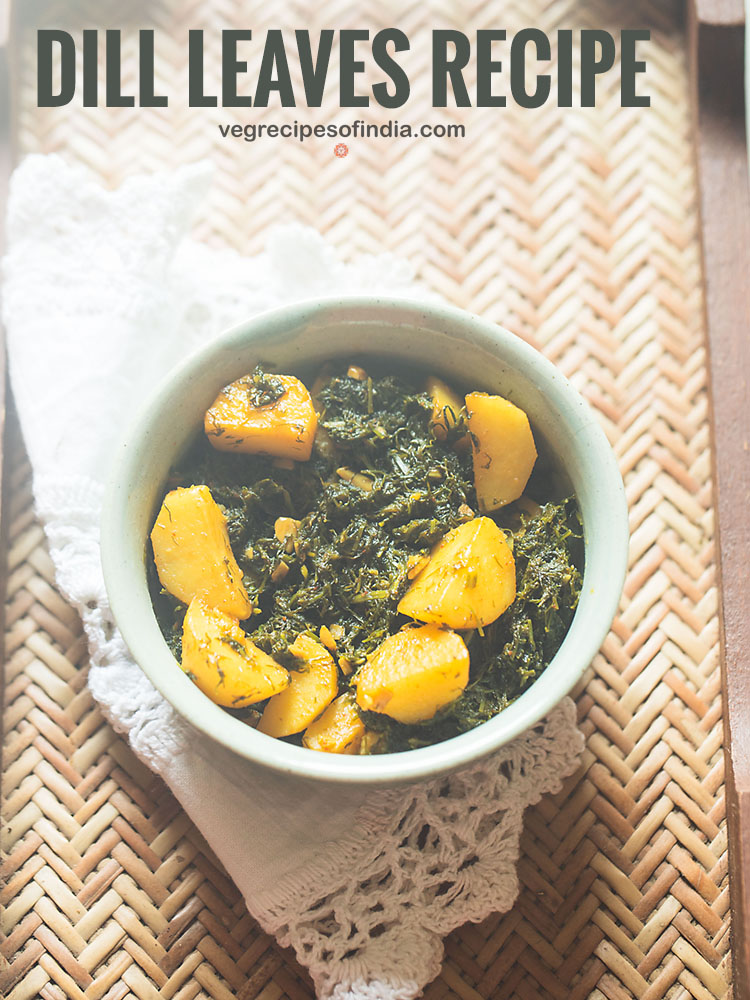
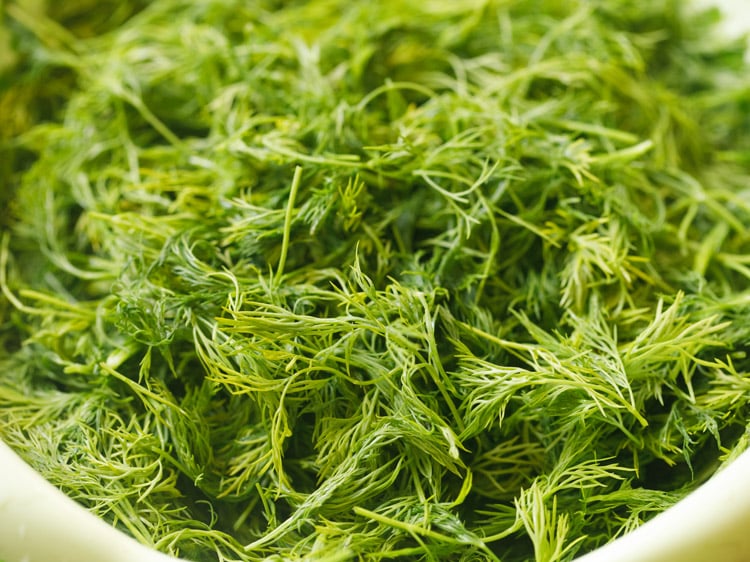
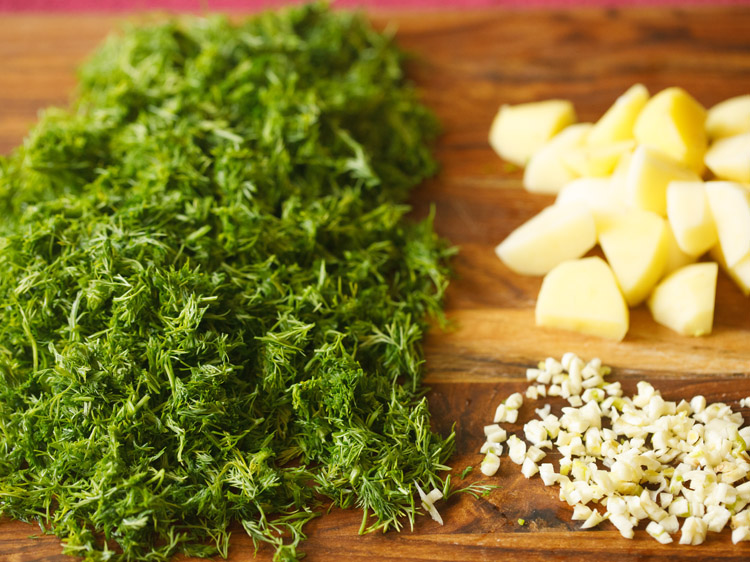
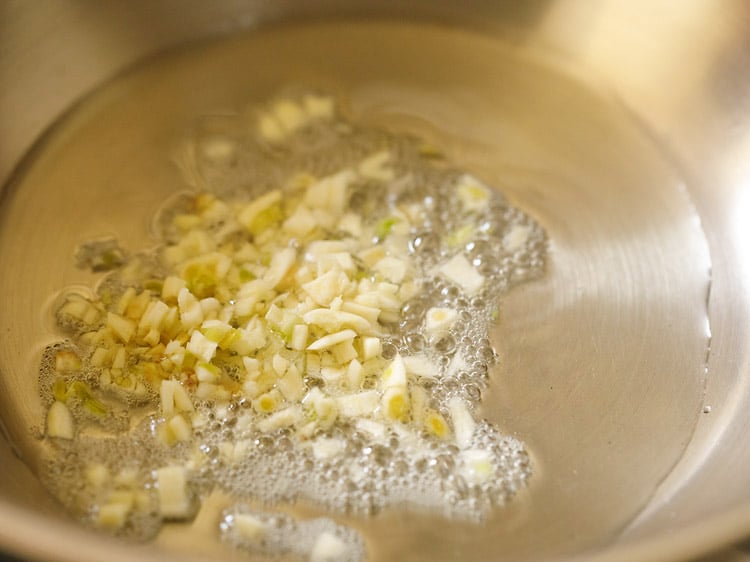
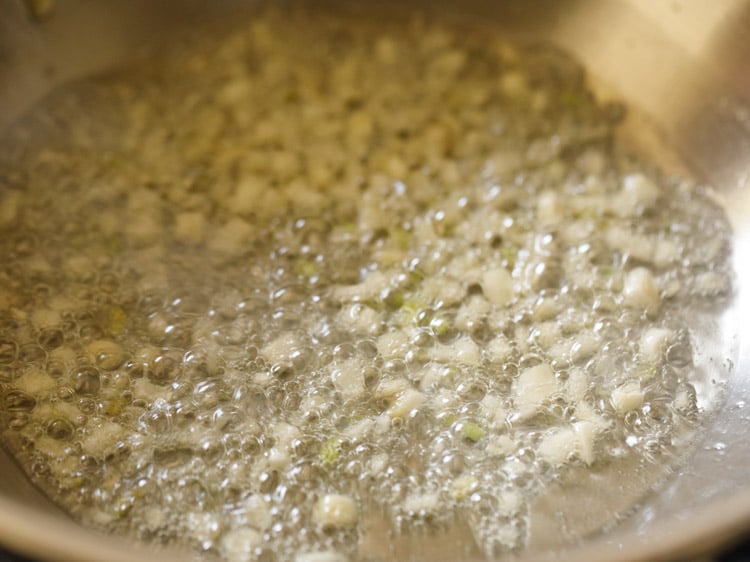
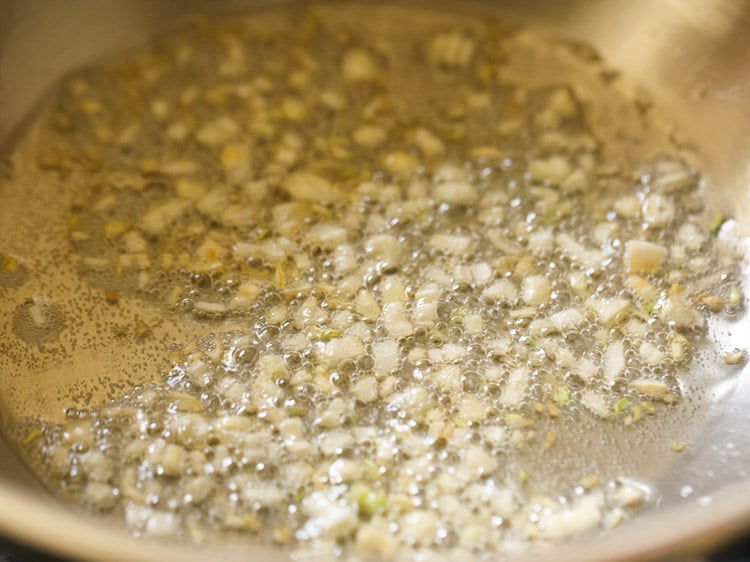
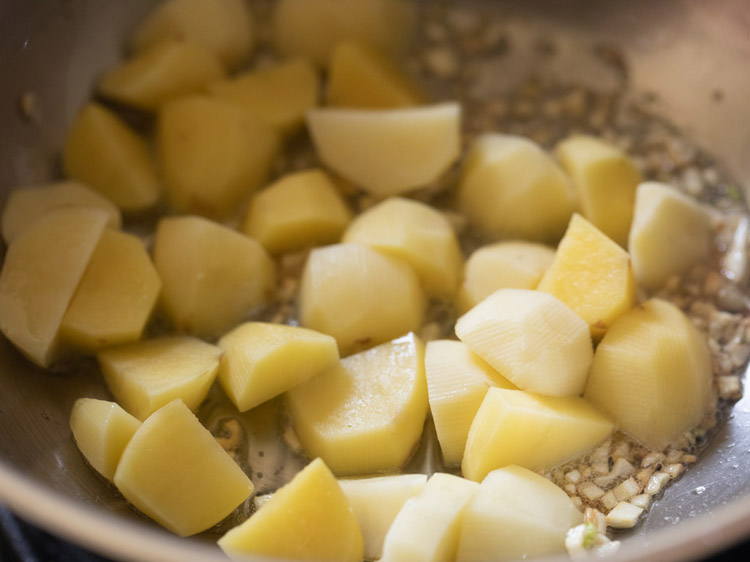
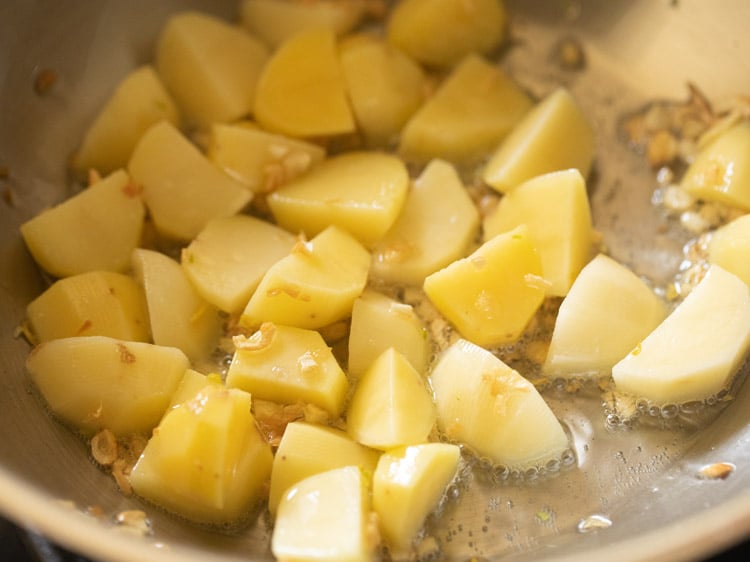
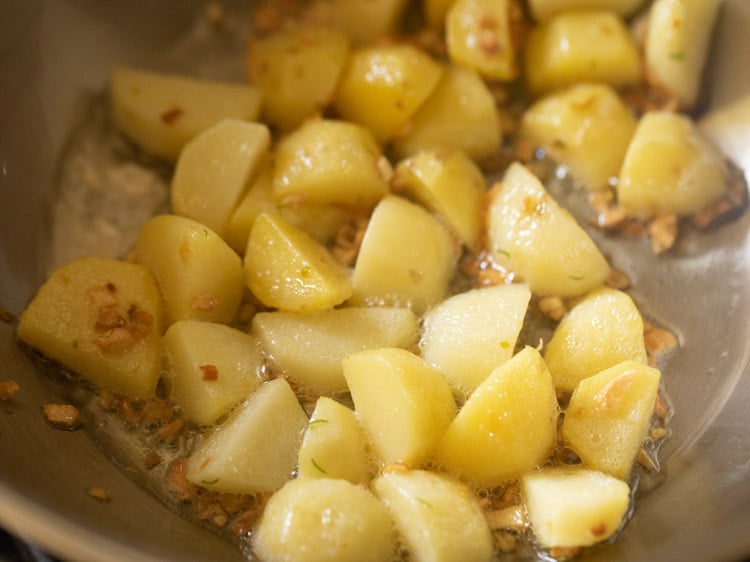
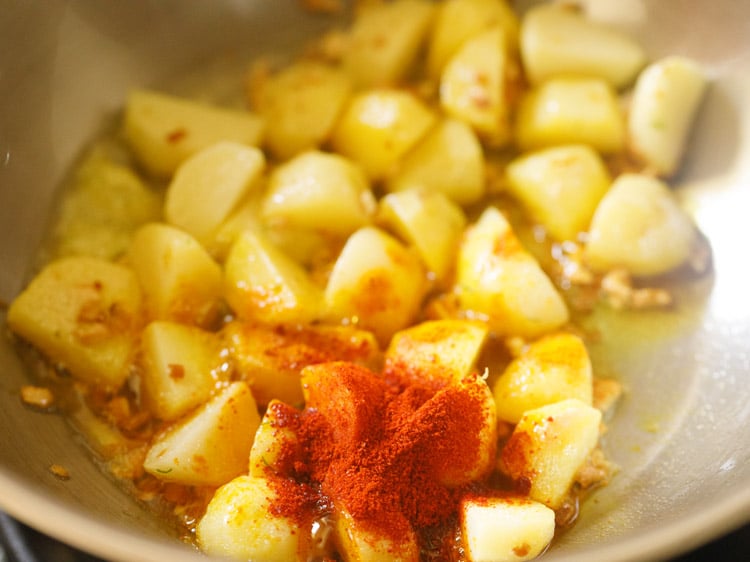
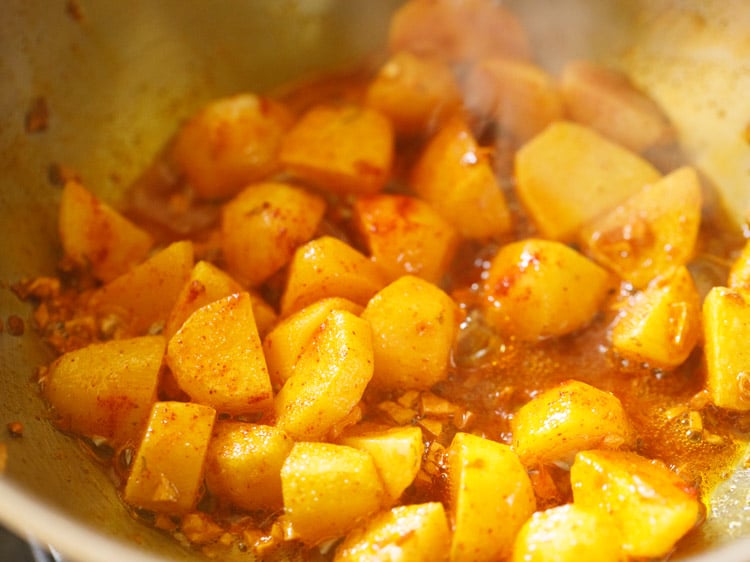
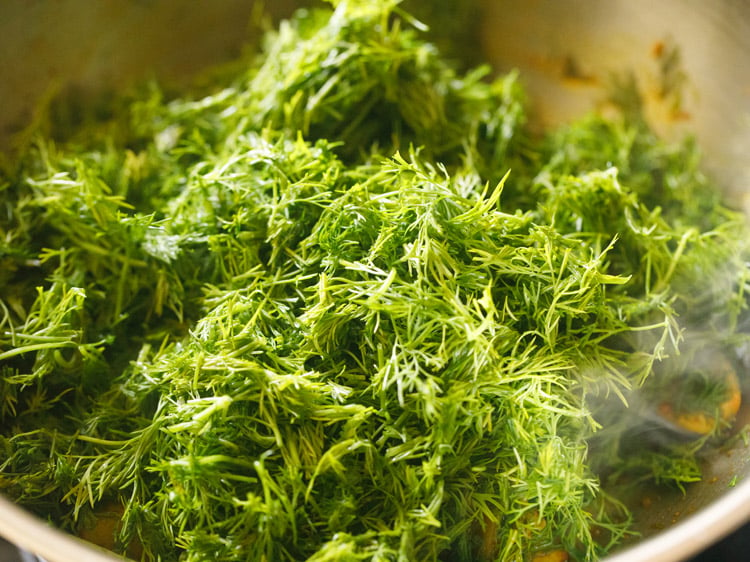
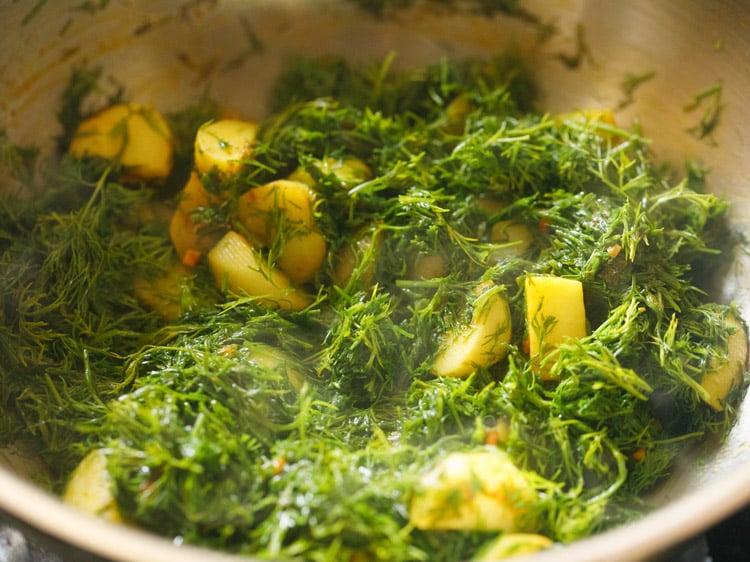
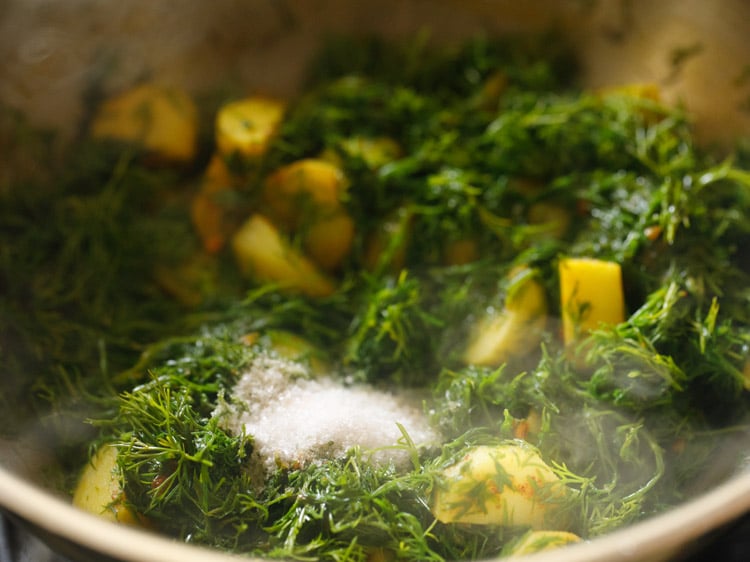
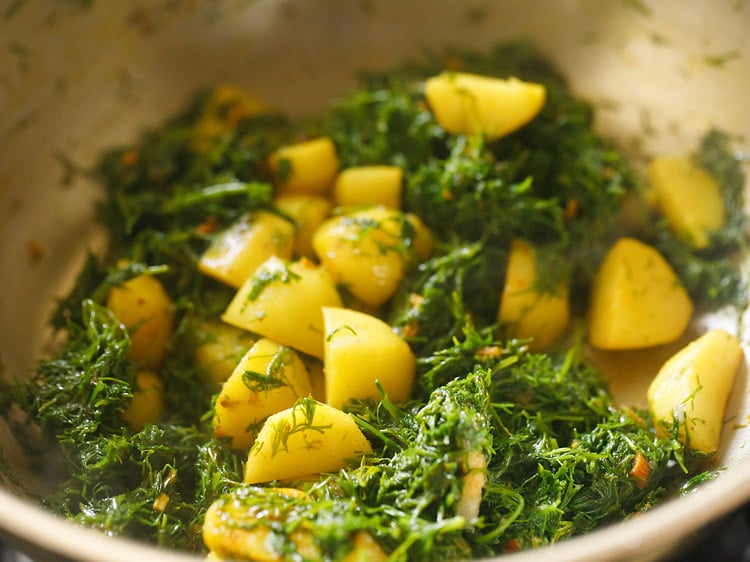
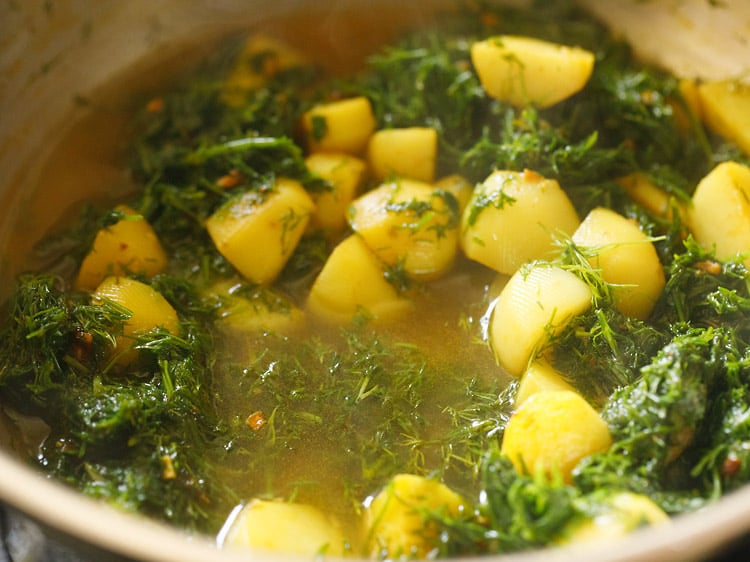
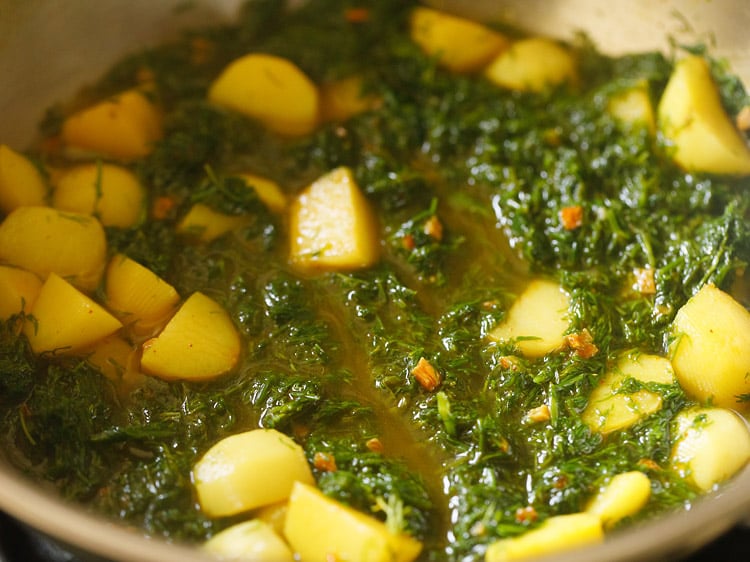
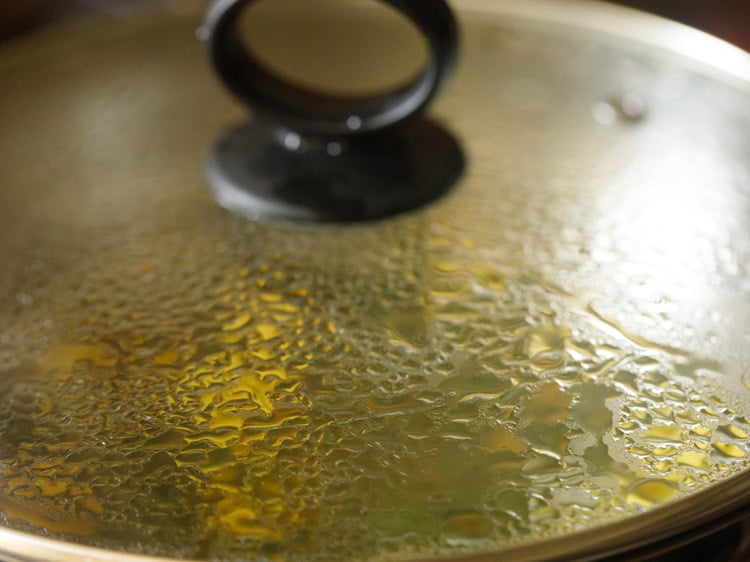
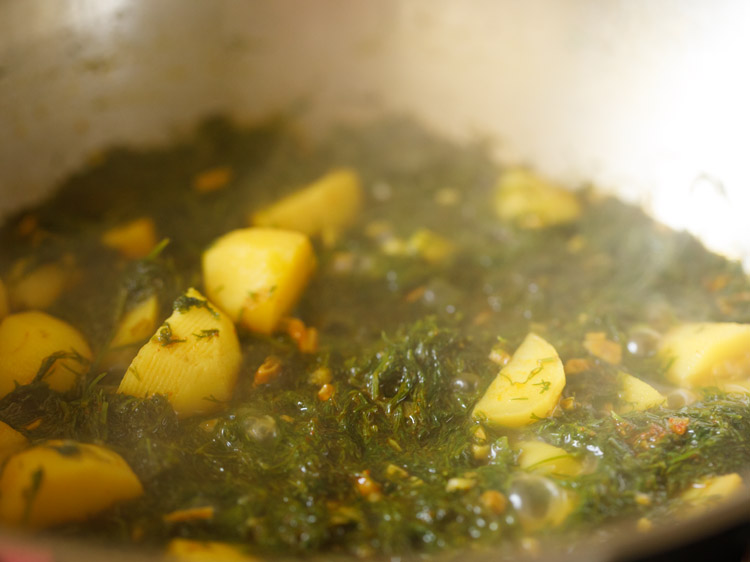
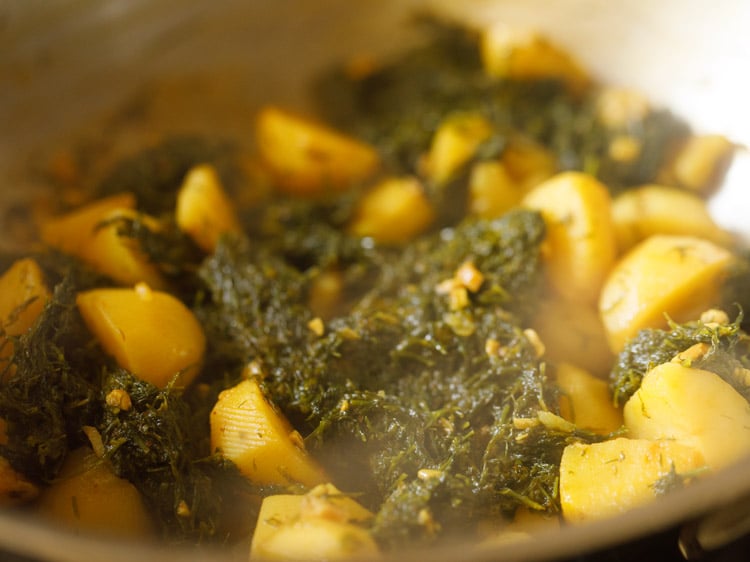
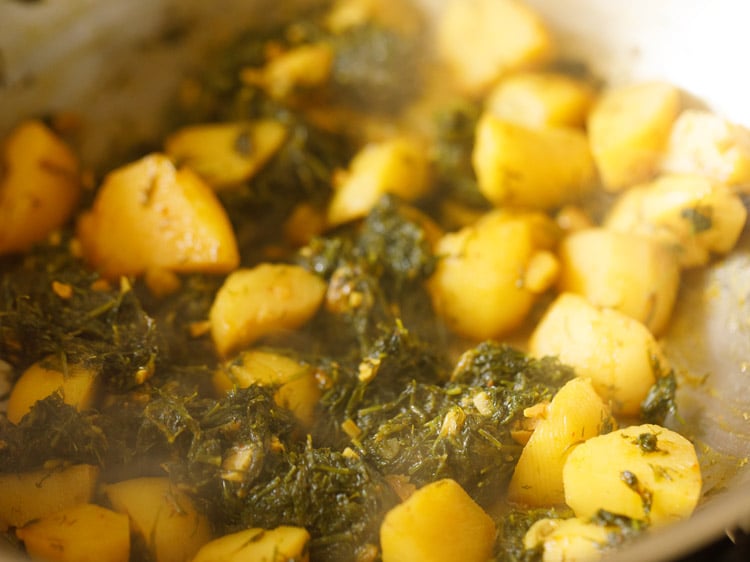
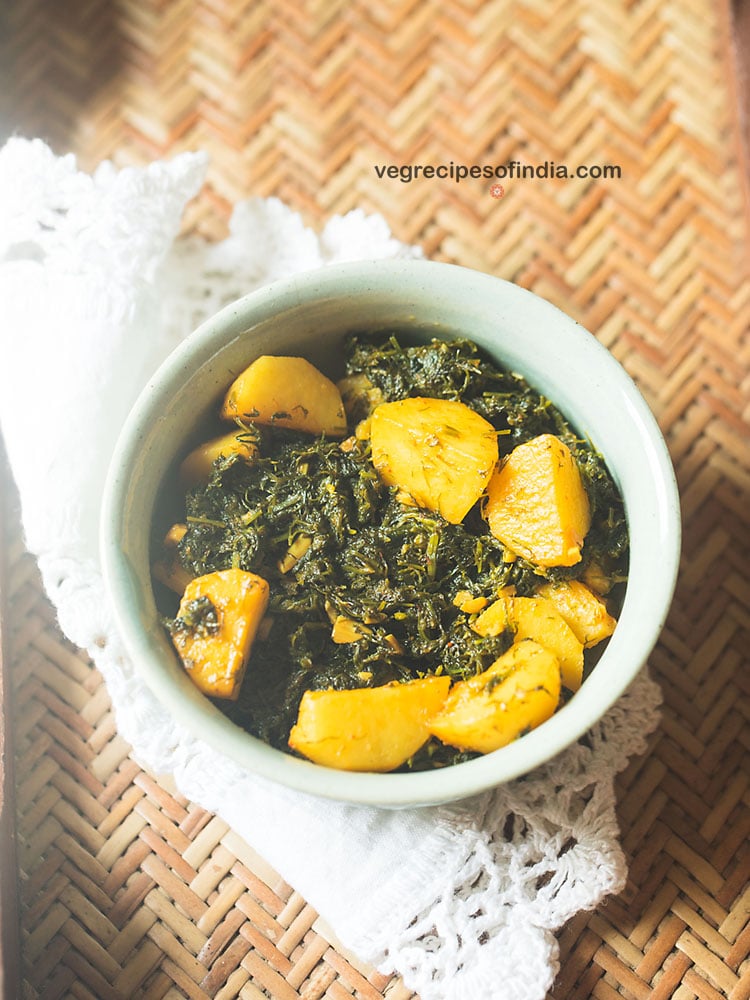
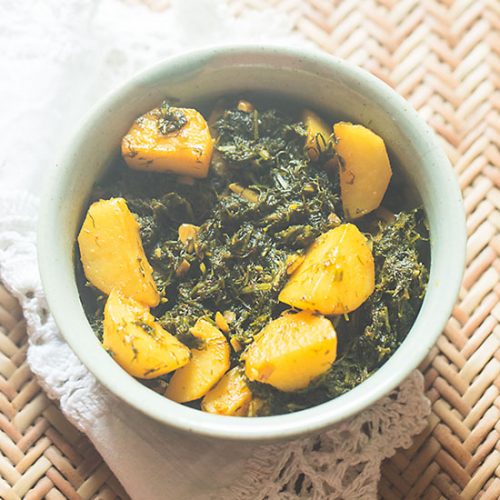
title: “Dill Leaves Recipe Aloo Dill Leaves Sabji Aloo Suva Recipe” ShowToc: true date: “2024-10-18” author: “Bobby Lorman”
Dill leaves have a strong aroma and a slightly pungent taste. Nevertheless, these aromatic greens make for a nice dish by itself or in combination with another vegetable or legume. You could add dill leaves to spice up a salad, flavor a dal or sambar or make a simple sabzi. My mother usually used to make sabzi or bhaji as I call them from dill leaves. One recipe used to be with potatoes and the other one used to be with moong lentils that is Shepu bhaji recipe. Both of these dill leaves recipes used to go very well with chapatis and rice-dal combo. Dill leaves add a lot of flavor and punch to any dish, be it in salads, pasta and even in pakoras. Sometimes when I have a tiny bunch of dill leaves then I either make pakoras or raita with them. The dill leaves recipe which I have posted here is very simple and easy to make. For this recipe, we only add chopped garlic, red chilli powder, and turmeric powder. No other seasoning is added. Since garlic is added, this sabzi has a garlicky flavor and tastes good. Both dill leaves and garlic are a winning combination and makes the dish healthy. So the result is a superb dill leaves sabzi spiced with garlic. The addition of potatoes makes the dish more hearty and filling. You could use the regular potatoes, new potatoes or even the baby potatoes. You can also make it without potatoes but then you need to add more dill leaves. Veggies like carrots, peas, cauliflower are some other options that you can consider to include in place of potatoes for a filling and healthier dish. The dish can be packed for lunch box also with a side of roti, jeera paratha, plain paratha or whole wheat bread.
How to make Dill Leaves Recipe
- Take 250 to 275 grams dill leaves (suva) bunch. Remove the dill leaves from the stems. Rinse dill leaves thoroughly in water. Drain all the water using a colander or strainer.
- Chop the dill leaves. You will need 3.5 to 4 cups chopped dill leaves. Also rinse, peel and chop 2 to 3 medium-sized potatoes. You will need 1 to 1.25 cups chopped potatoes. Peel, rinse and finely chop 7 to 8 small to medium sized garlic. You will need 1 tablespoon finely chopped garlic. Keep aside. Tip: Chop the potatoes in smaller cubes or wedges so that they get cooked faster.
Sauteing potatoes
- In a kadai or a pan heat 2 tablespoons oil. You can use sunflower oil or peanut oil. For a pungent flavor, you can even use mustard oil. Keep the flame to a low. Add the chopped garlic.
- Mix well.
- Fry for 3 to 4 seconds on a low heat.
- Add the chopped potatoes.
- Mix the potatoes with the garlic and oil mixture.
- Stirring often saute potatoes for 3 to 4 minutes on a low flame.
- Add ¼ teaspoon turmeric powder and ½ teaspoon Kashmiri red chilli powder (or sweet paprika).
- Mix these two spice powders very well with the potatoes. Keep the flame to a low so that the spices do not get burnt.
Making dill leaves recipe
- Now add the chopped dill leaves (suva).
- Mix everything very well.
- Add salt according to your taste. Tip – I recommend adding less salt initially and after the cooking is completed, then add more salt if needed. The dill leaves wilt and shrinks in size after cooking. While initially, the leaves look a lot and plenty, after cooking the portion looks comparatively less. Thus the addition of salt can become more if you consider the proportion of fresh dill leaves. It is better to add less salt first and then later you can add more if required.
- Mix again.
- Add ⅓ to ½ cup water.
- Mix again well.
- Cover and cook the dill leaves and potatoes on a low heat.
- Check in between a couple of times to see if the water has not dried up. If the water dries up, you could add some more water. Stir and cover with lid to continue cooking.
- Cook till the potatoes are softened and fork tender. Do not overcook the potatoes.
- This dill leaves recipe is a dry dish, so ensure that no water remains once the potatoes are cooked. If there is any water left, then cook without lid and let all the water get evaporated. Then switch off the flame.
- Serve aloo suva sabzi with chapatis, roti, plain paratha or whole wheat bread. You can also serve it with the humble yet tasty combination of dal tadka with rice. Overall it makes for a healthy dish and one of the flavorful ways to include dill leaves in your meal. Few more similar recipes you may like are:
Aloo fryCapsicum fryLauki ki sabjiBhindi ki sabjiCauliflower fry
Please be sure to rate the recipe in the recipe card or leave a comment below if you have made it. For more vegetarian inspirations, Sign Up for my emails or follow me on Instagram, Youtube, Facebook, Pinterest or Twitter. This Dill Leaves Recipe is from the blog archives (July 2010) has been republished and updated on 30 May 2021.






















